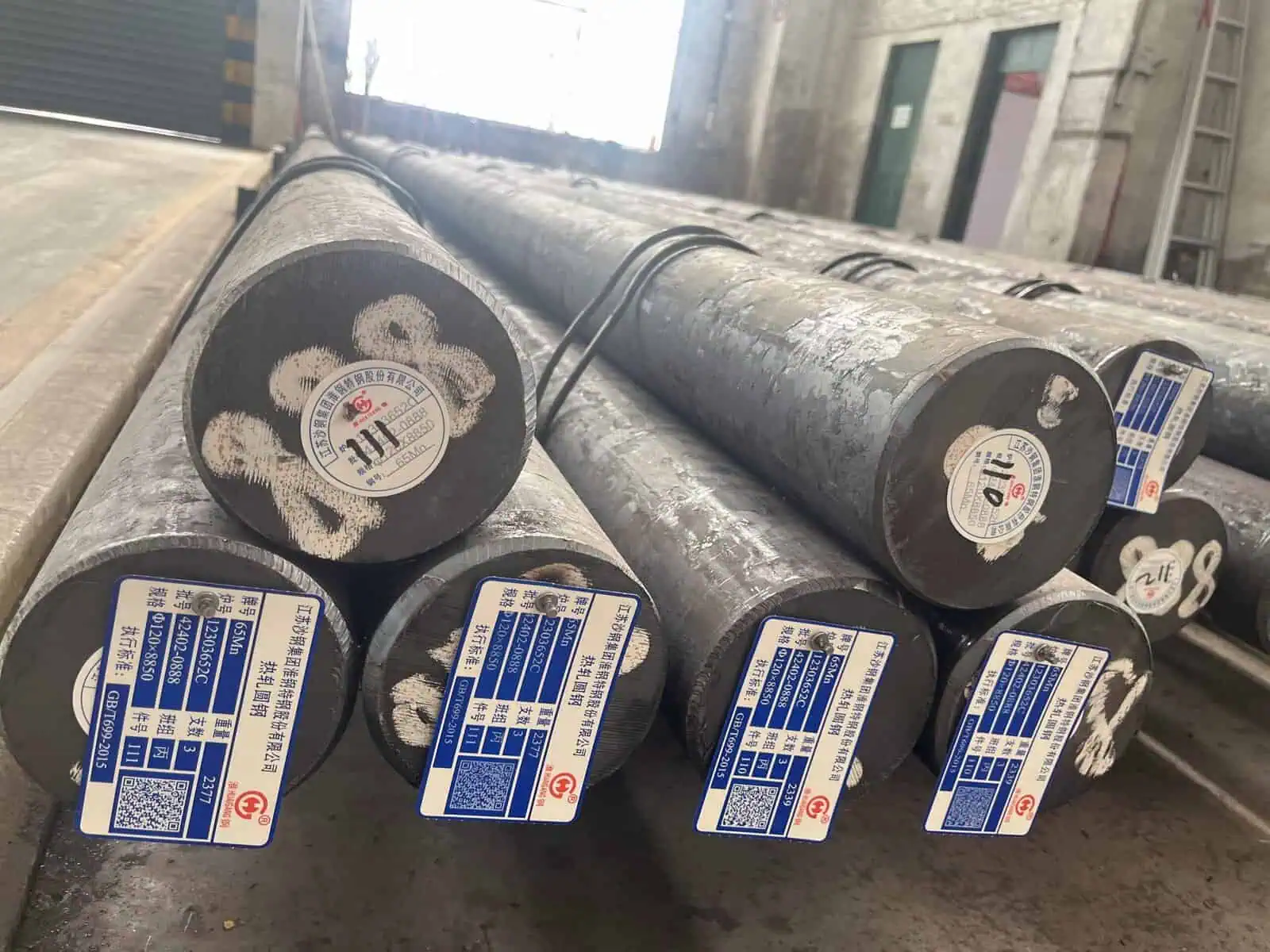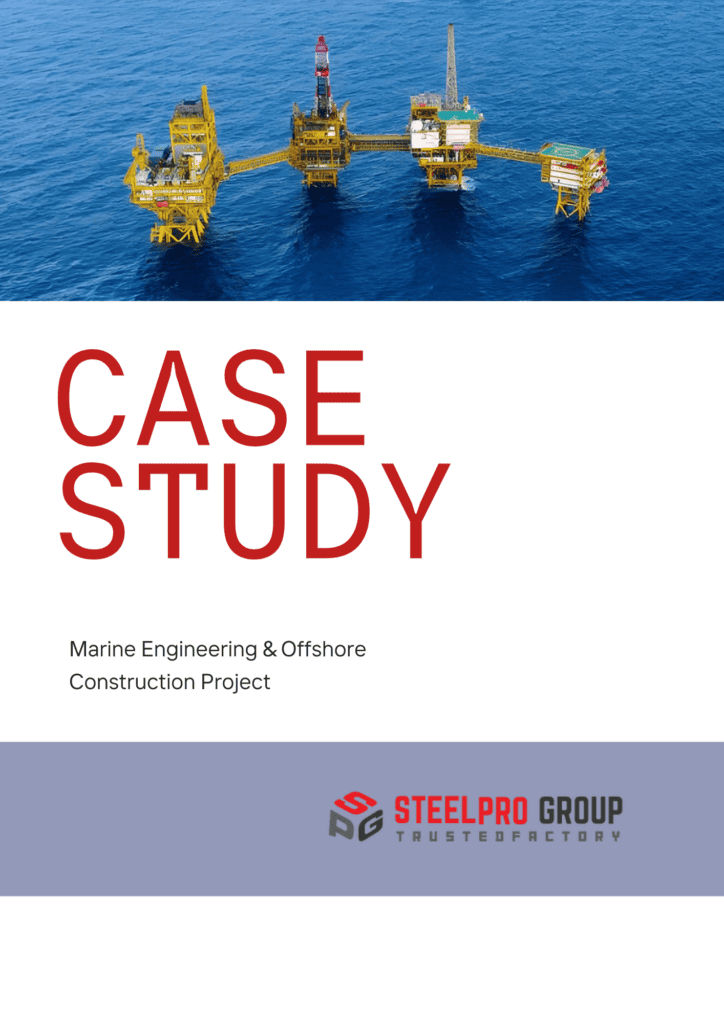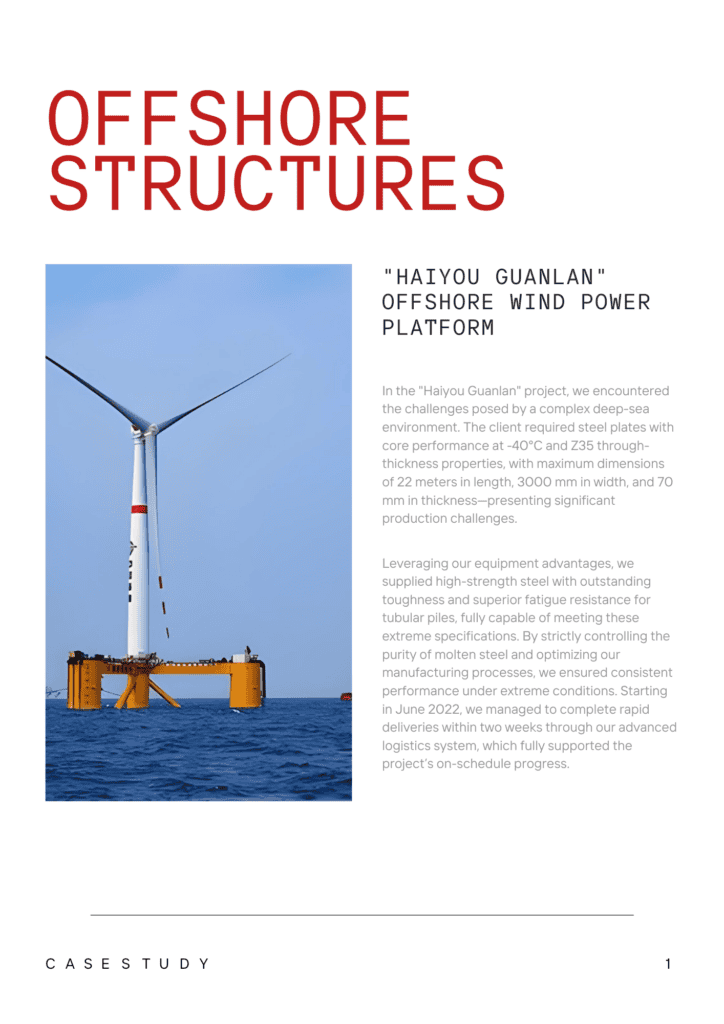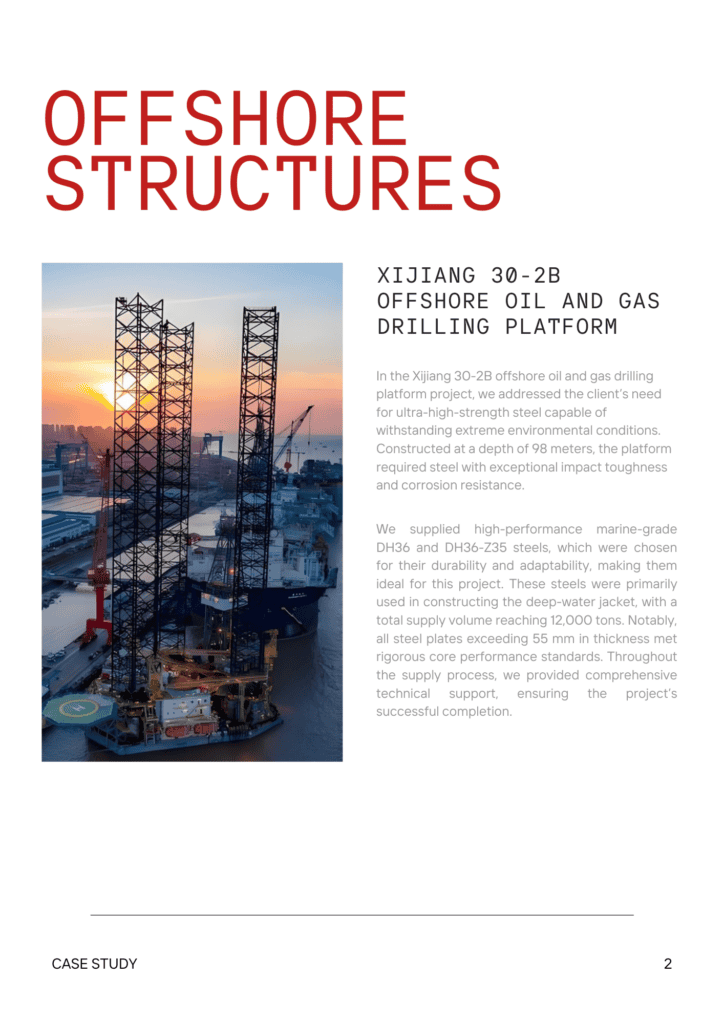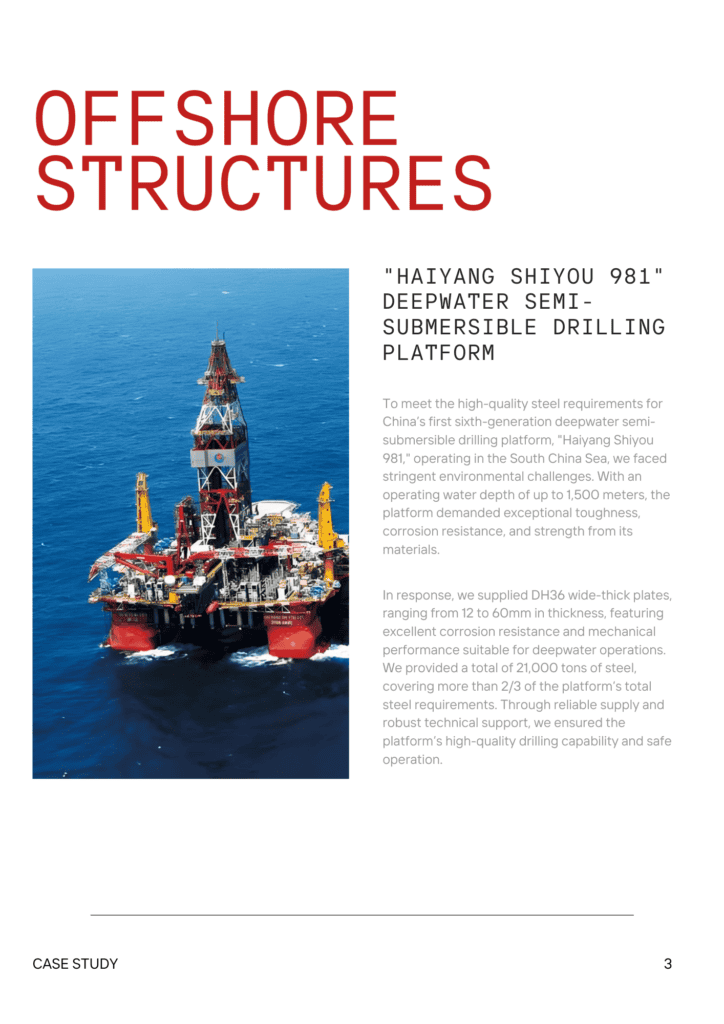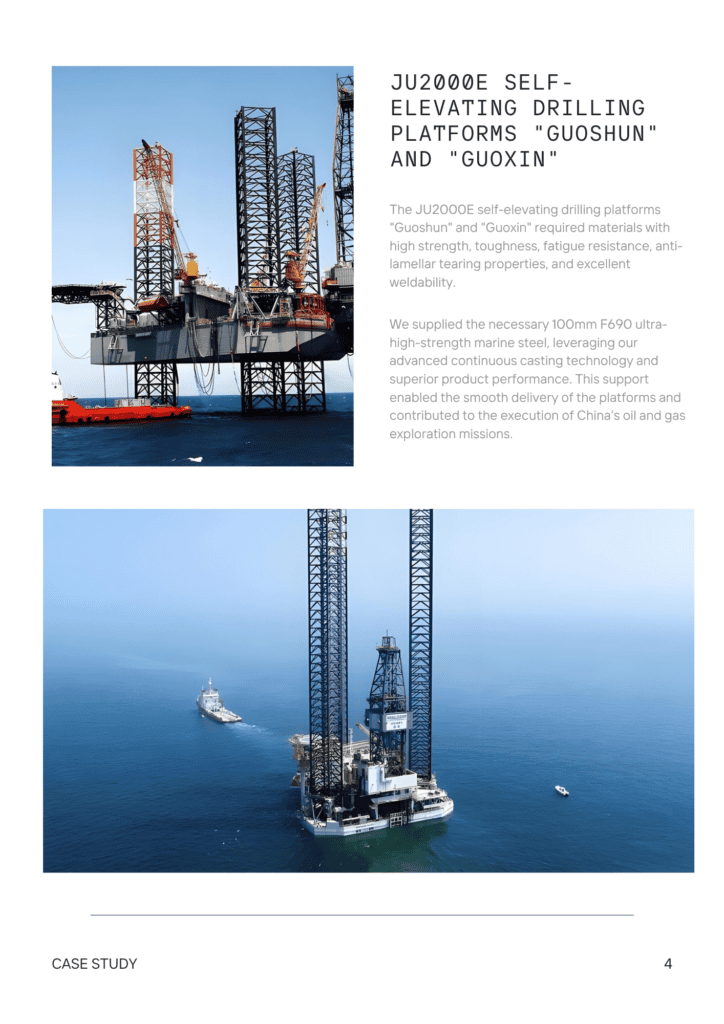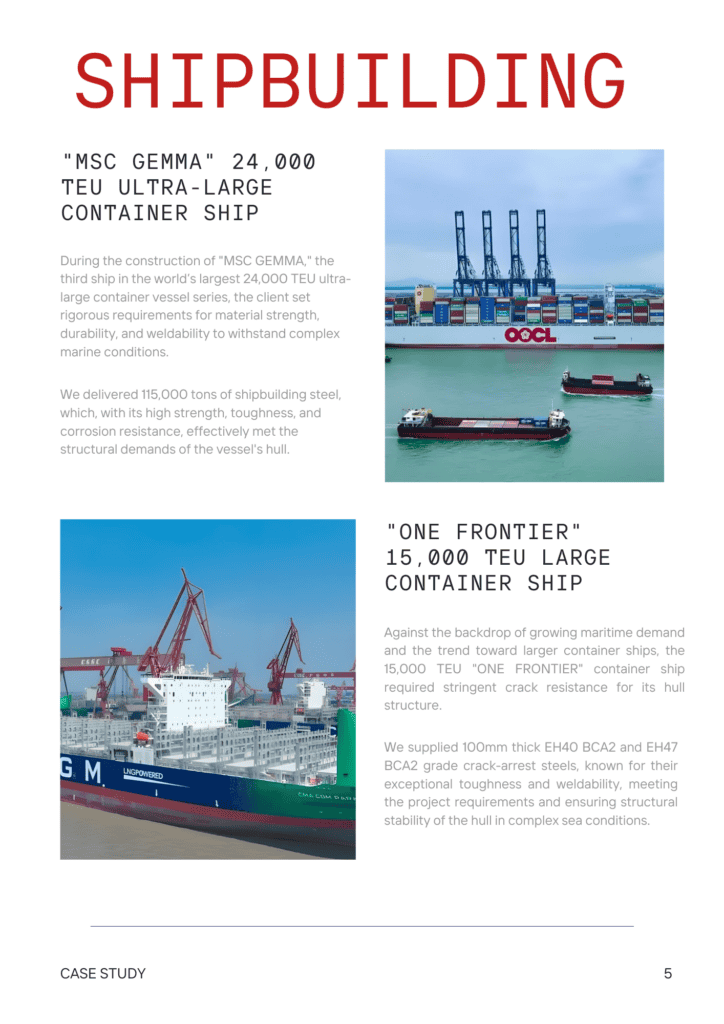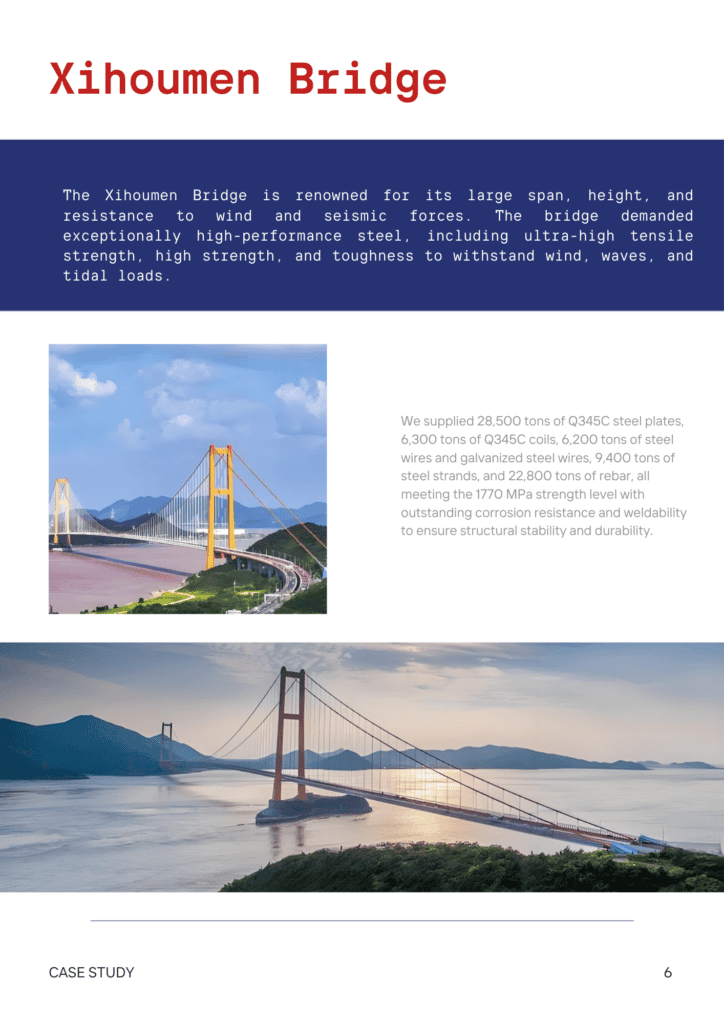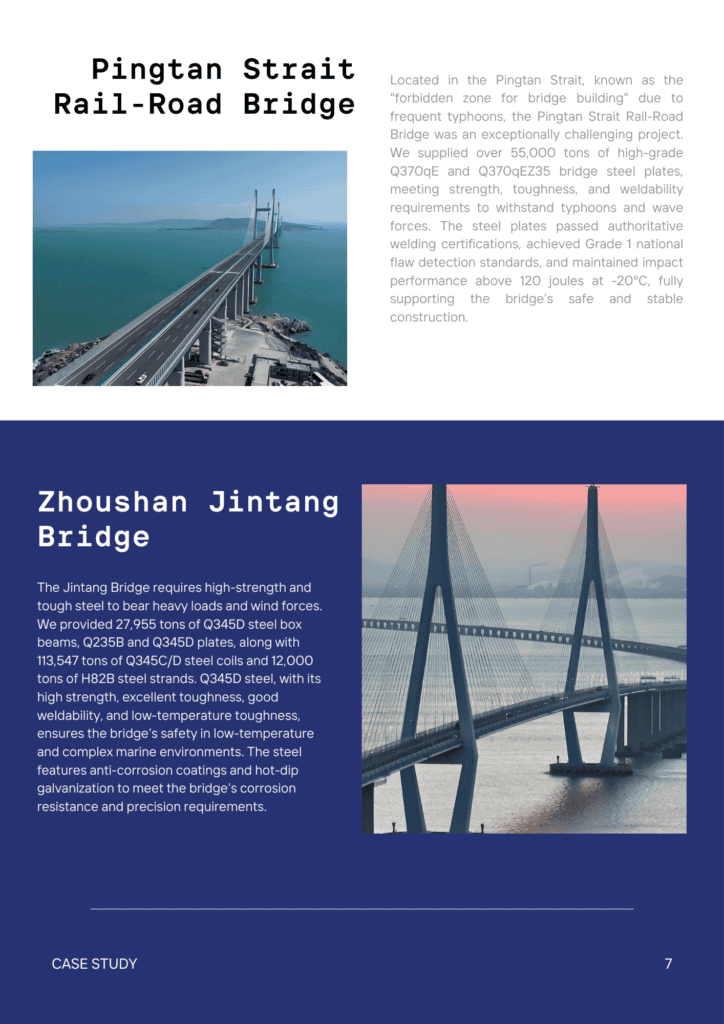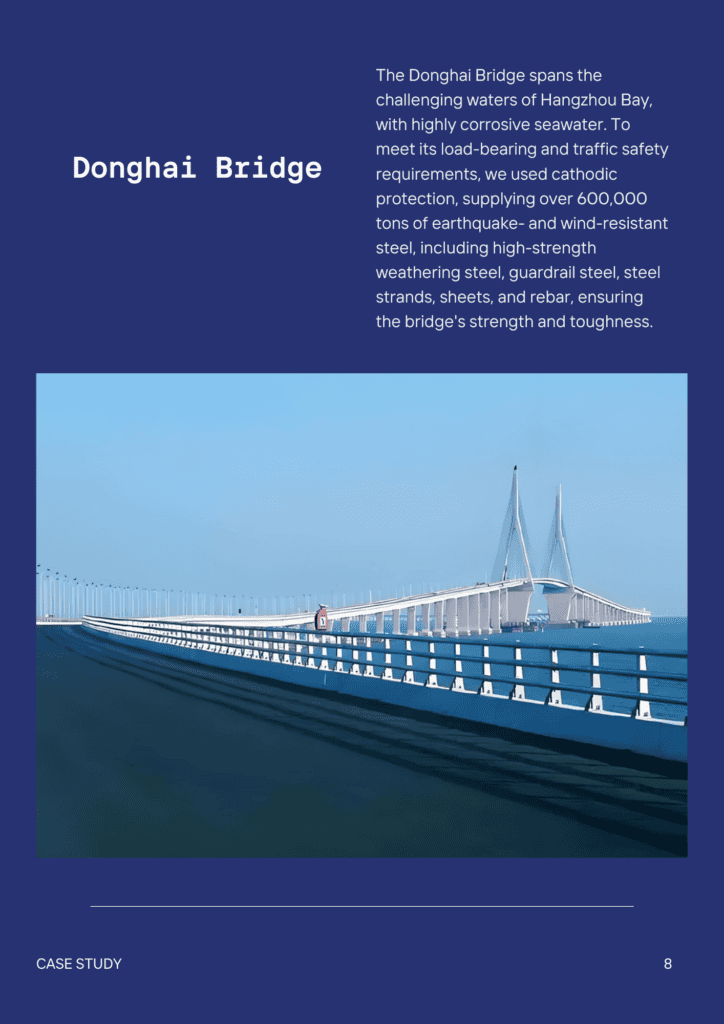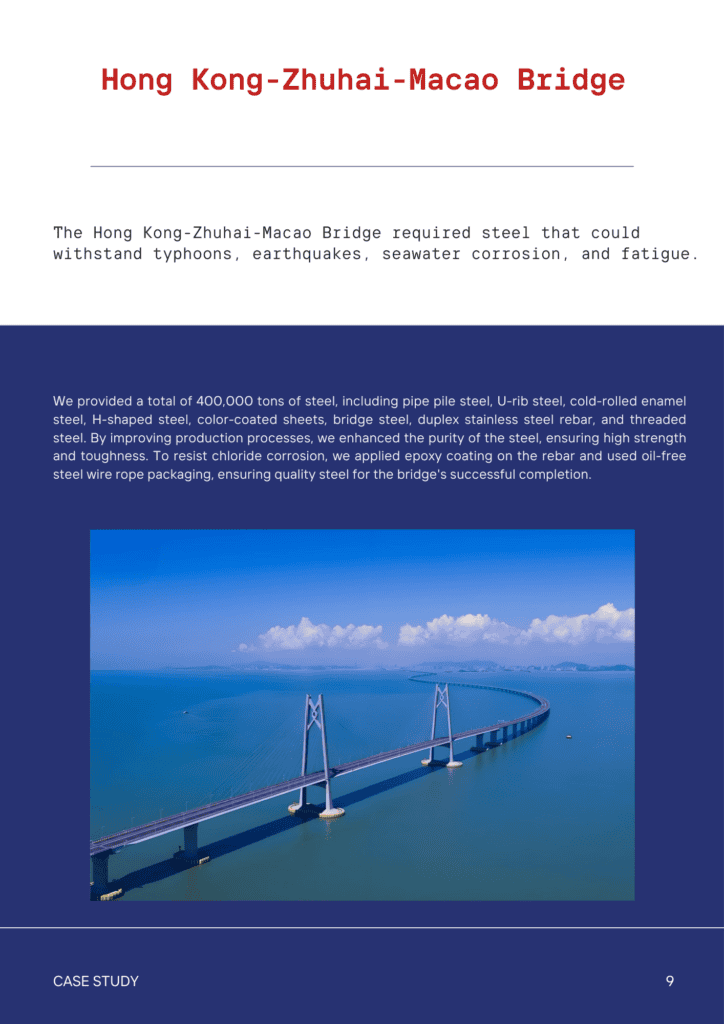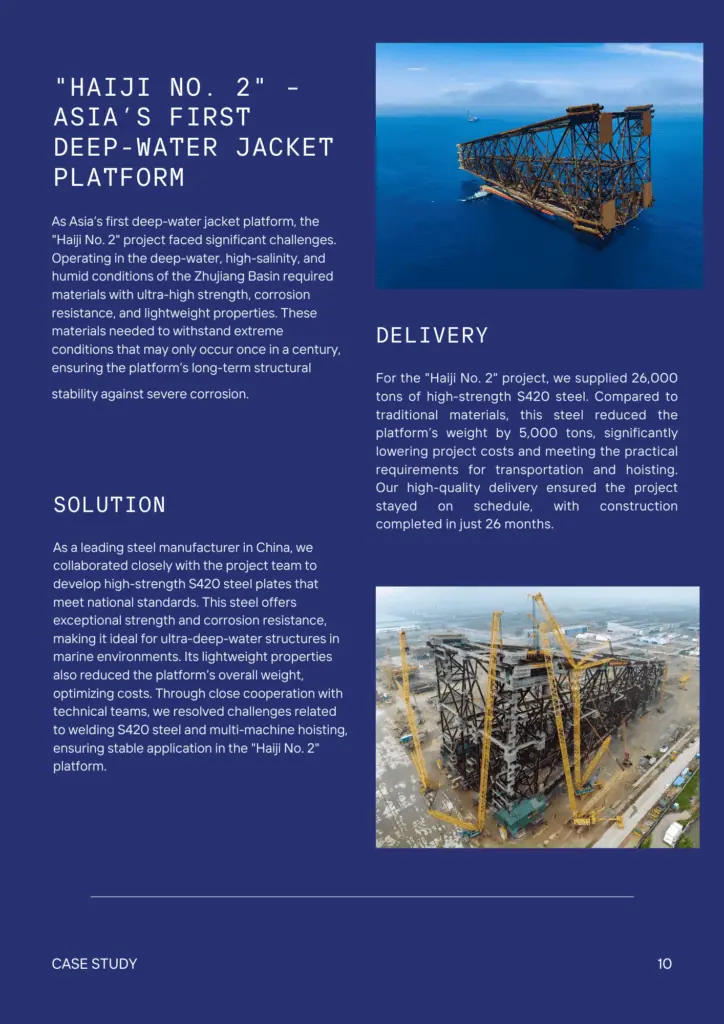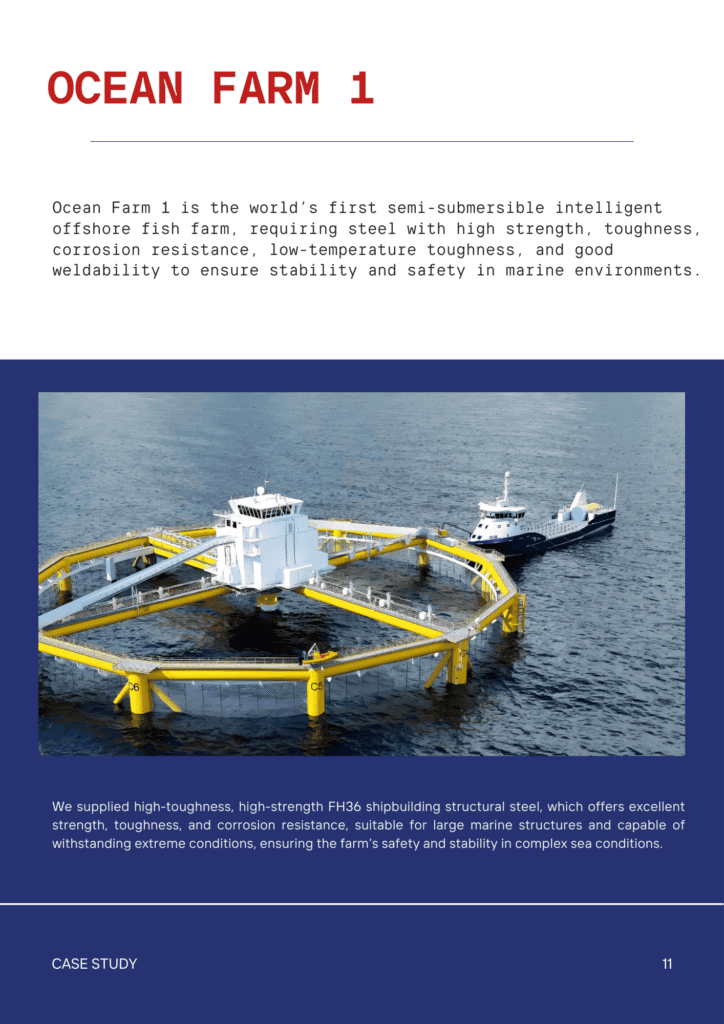65Mn | 1065 | SUP6 | High Carbon Spring Steel
65Mn | 1065 | SUP6 | High Carbon Spring Steel
65Mn is high-carbon-manganese steel. It conforms to the GB/T 1222 standard. The “65” represents the 0.65% carbon content, while “Mn” stands for manganese. Equivalent grades include Grade 1065 (ASTM/AISI/SAE) and SUP6 (JIS). 65Mn has high hardness and strength. It offers excellent wear resistance and good toughness after heat treatment. It is widely used in making springs, cutting tools, and wear-resistant parts.
Description
What Is 65Mn?
65Mn is a high-carbon manganese spring steel containing approximately 0.65% manganese and 0.60-0.90% carbon. It typically exists in solid bar or sheet form and is silver-gray in color. 65Mn has high strength, high hardness, and good elasticity. It is mainly used in the manufacture of springs, clips, and steel wires. 65Mn is usually processed through hot rolling and cold drawing techniques. Depending on the specific application requirements, it can be further classified into various specifications of spring steel and elastic components.Characteristics of 65Mn
65Mn steel is a high-carbon, high-manganese alloy known for its excellent wear resistance and high strength. It offers good hardness and toughness after heat treatment. 65Mn is easy to process and has good dimensional stability. It is often used for making springs, cutting tools, and high-wear components. For applications where 65Mn’s limitations might arise, consider alternative steel grades like 60Si2Mn, 50CrV4, or 60CrMnMo. These alternatives can provide improved performance in specific scenarios. 65Mn is widely used in manufacturing springs, saw blades, and other cutting tools. It is also suitable for wear-resistant parts in machinery and tools.Chemical Compositions
| Element | Content (%) |
|---|---|
| Carbon, C | 0.62-0.70 |
| Silicon, Si | 0.17-0.37 |
| Manganese, Mn | 0.90-1.20 |
| Sulfur, S | ≤ 0.035 |
| Phosphorus, P | ≤ 0.035 |
| Chromium, Cr | ≤ 0.25 |
| Nickel, Ni | ≤ 0.25 |
| Copper, Cu | ≤ 0.25 |
Physical Properties
| Property | Metric | Imperial |
|---|---|---|
| Density | 7.81 g/cm³ | 0.282 lb/in³ |
| Melting Point | 1420°C | 2588°F |
| Boiling Point | – | – |
| Thermal Conductivity | 37.7 W/m·K (20°C) | 26.1 BTU·ft/(hr·ft²·°F) |
| Electrical Conductivity | 1.7 MS/m | 1.7 MS/m |
| Specific Heat Capacity | 486 J/kg·K | 0.116 cal/g·°C |
| Thermal Expansion Coefficient | 11.7 µm/m·°C | 6.5 µin/in·°F |
| Electrical Resistivity | 0.6 µΩ·m | 0.6 µΩ·m |
Mechanical Properties
AC (Air Cooled) Sate
| Property | Metric | Imperial |
|---|---|---|
| Tensile Strength | 930-1200 MPa | 135-174 ksi |
| Yield Strength | 785-835 MPa | 114-121 ksi |
| Brinell Hardness HB | 241-297 | 241-297 |
| Rockwell Hardness HRC | 21.1-26.7 | 21.1-26.7 |
| Vickers Hardness HV | 229-282 | 229-282 |
| Elongation | 12-16% | 12-16% |
| Elastic Modulus | 210 GPa | 30.46 Msi |
QT (Quenched & Tempered) State
| Property | Metric | Imperial |
|---|---|---|
| Tensile Strength | 785-1030 MPa | 114-149 ksi |
| Yield Strength | 570-785 MPa | 83-114 ksi |
| Elongation | 9-16% | 9-16% |
| Reduction of Area | 30-60% | 30-60% |
| Impact Absorption Energy | 15-40 J | 11-30 ft-lb |
| Elastic Modulus | 210 GPa | 30.5 Msi |
Industries & Applications
| Industry | Application |
|---|---|
| Automotive | Engine components, Transmission gears, Drive shafts, Brake discs |
| Aerospace | Turbine blades, Landing gear parts, Fasteners, Structural components |
| Tool Manufacturing | Cutting tools, Dies, Molds, Punches |
| Heavy Machinery | Excavator teeth, Bulldozer blades, Drill bits, Crusher jaws |
| Construction | Concrete reinforcement tools, Structural beams, Fasteners, Frames |
| Oil & Gas | Valve components, Drill collars, Pipeline tools, Pump parts |
| Electronics | Connectors, Circuit board components, Heat sinks, Chassis parts |
| Medical Devices | Surgical instruments, Orthopedic implants, Dental tools, Prosthetic components |
| Energy | Wind turbine parts, Solar panel frames, Battery components, Electrical connectors |
Machining
Heat Treatment
- Annealing: Heat to 750-780°C, soak for 1-2 hours, then cool slowly in the furnace.
- Stress Relieving: Heat to 150-200°C, hold for 1-2 hours, then cool in air.
- Normalizing: Heat to 850-880°C, soak sufficiently, then cool in still air.
- Quenching: Heat to 820-860°C, soak sufficiently, then quench in oil.
- Tempering: Heat to 400-600°C, hold for 1-2 hours, then cool in still air.
Surface Finish
- Polishing: Enhances surface smoothness and appearance.
- Plating: Adds a protective metal layer for corrosion resistance.
- Coating: Applies a protective layer for environmental protection.
- Heat Treatment: Improves surface hardness and durability.
- Grinding: Achieves a precise and smooth finish.
- Shot Blasting: Cleans and prepares the surface for further treatments.
*Customization is available upon request.
Disclaimer
The provided heat treatment and surface treatment processes are general guidelines. Actual conditions may vary depending on specific applications and requirements. It is recommended to consult with a professional metallurgist or material scientist to tailor the processes to your particular needs. The information herein is not a substitute for professional advice and should not be relied upon as such.
Our Service
SteelPRO Group – manufacturer and solution provider for special steel, offering multi-industry application solutions and customised services, 100% quality free, accompanying customers in their growth!
Our Quality Control
- Roundness
- Tolerance
- Microstructure
- Non-Destructive Testing
- Destructive Testing
- Process Control
Service Integration Processing
- Welding
- Metal Fabrication
- CNC Machining
- Lathe
- Forming
QUESTION 1
QUESTION 2
QUESTION 3
QUESTION 4
QUESTION 4
CONTACT
CONTACT
Certifications







Other Products
-
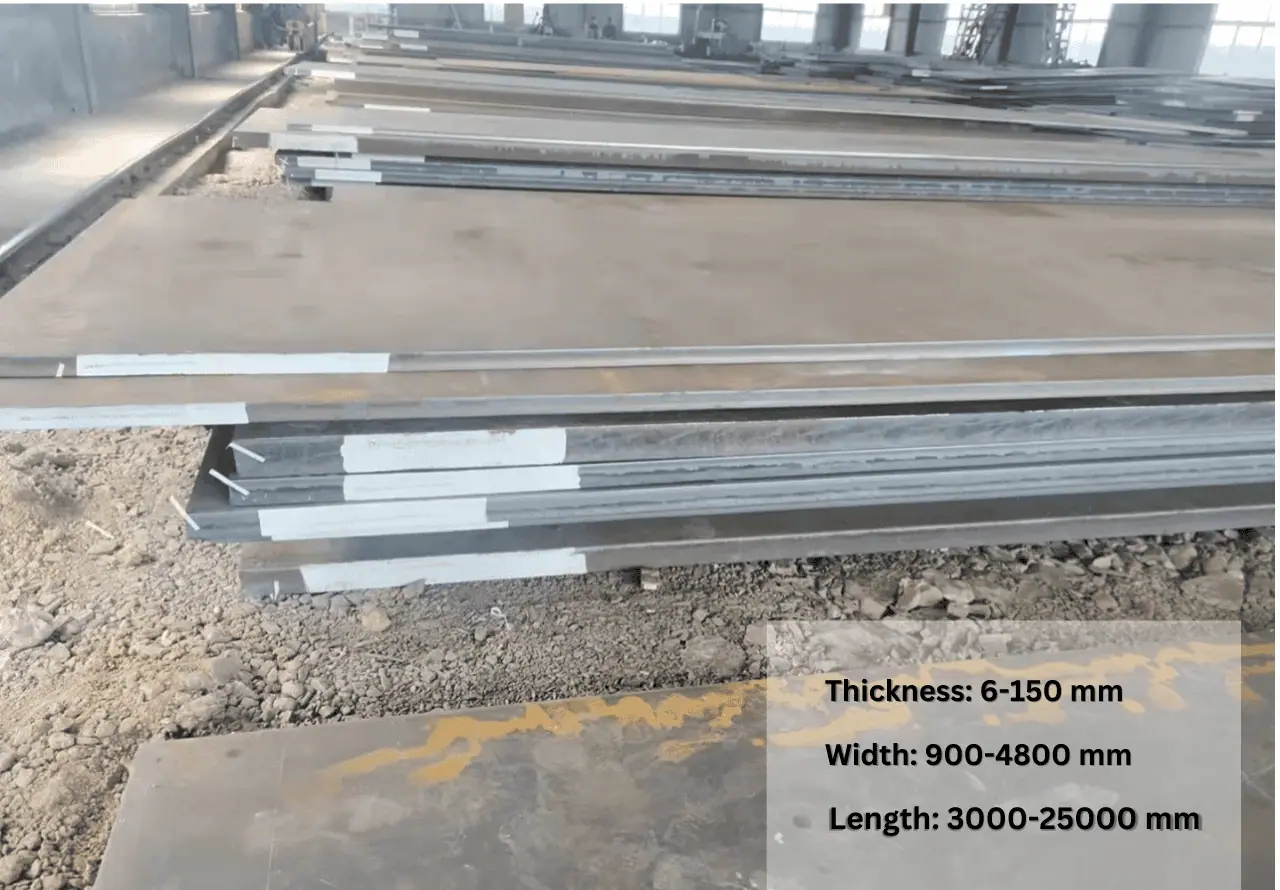
-
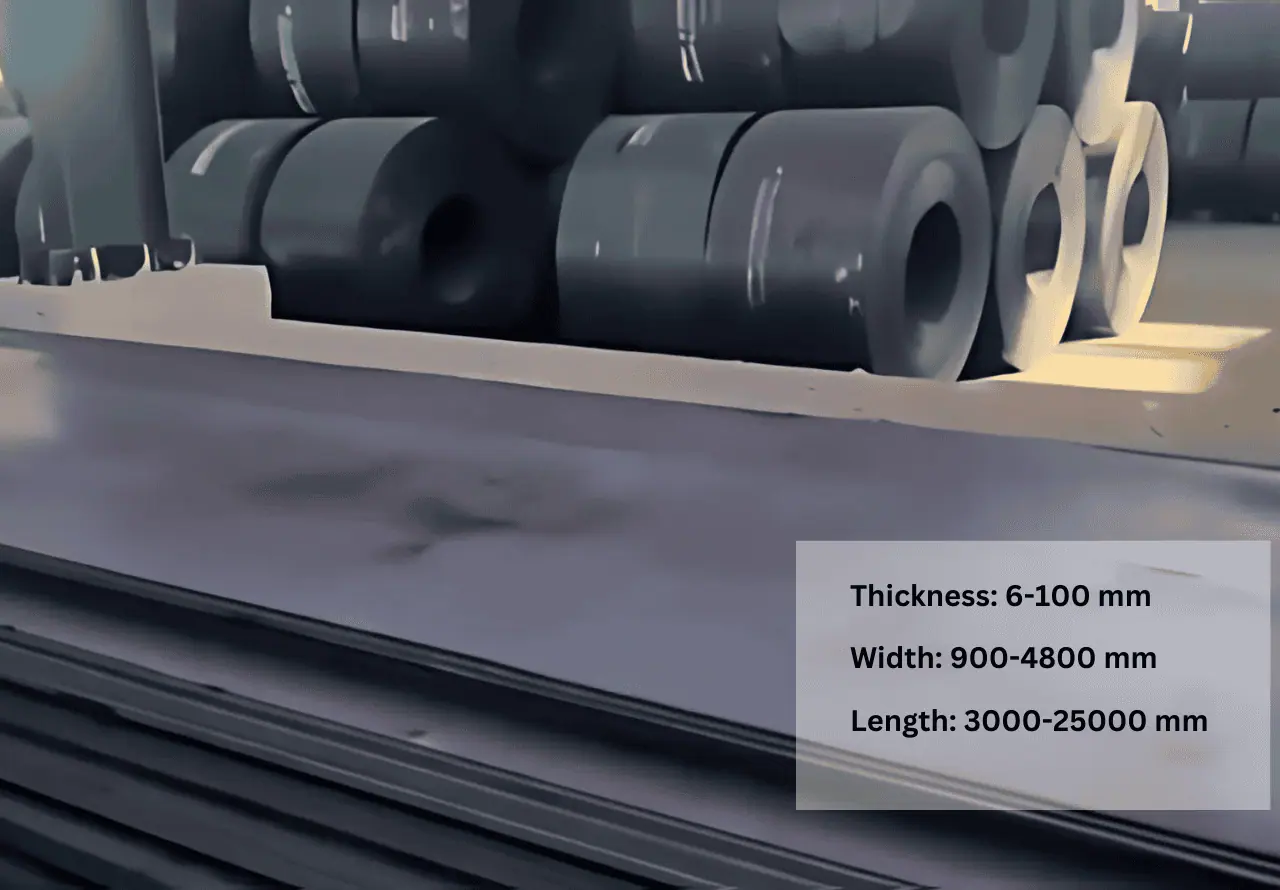
SteelPRO Group offers FH550 high-strength structural steel plates for shipbuilding....
-
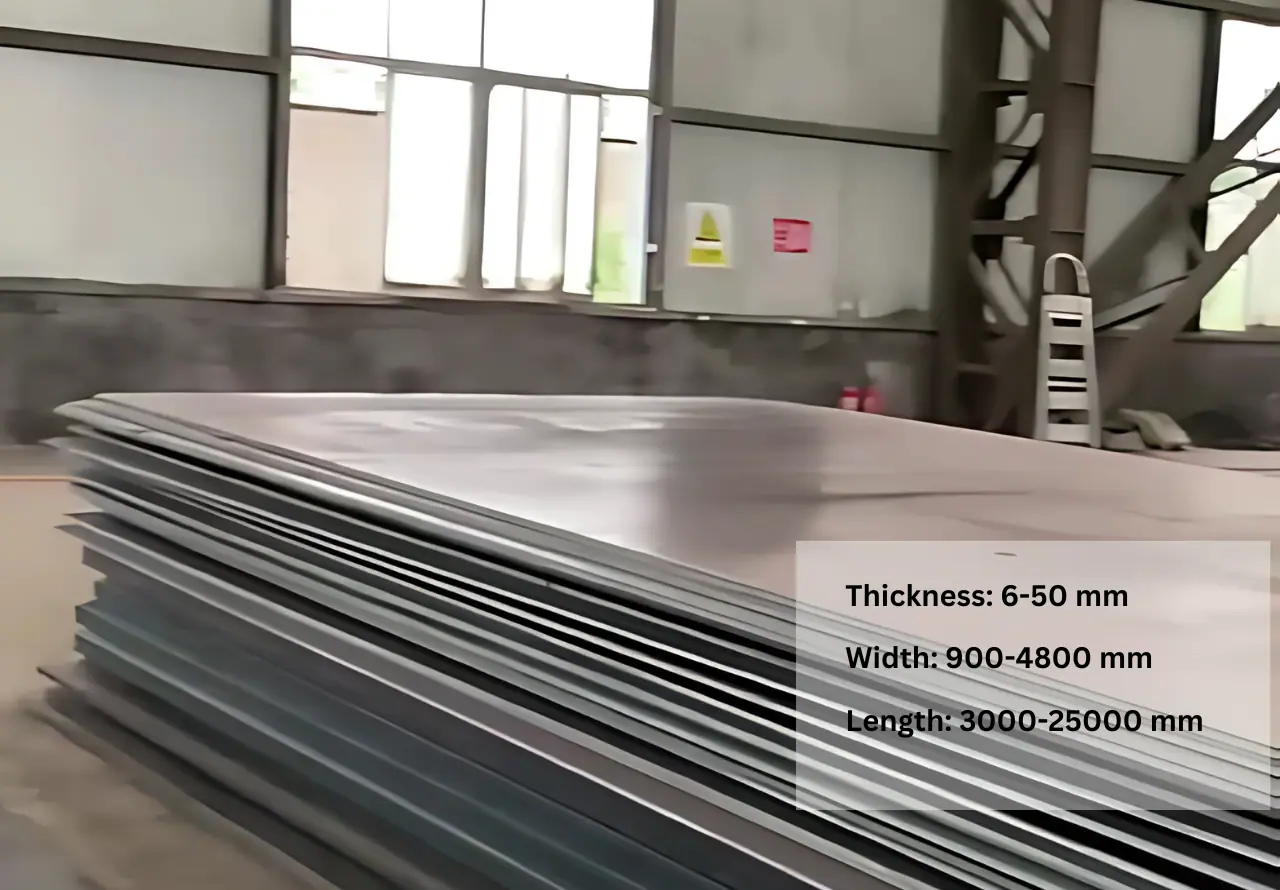
SteelPRO Group offers DH550 high-strength shipbuilding steel plates in stock....
-
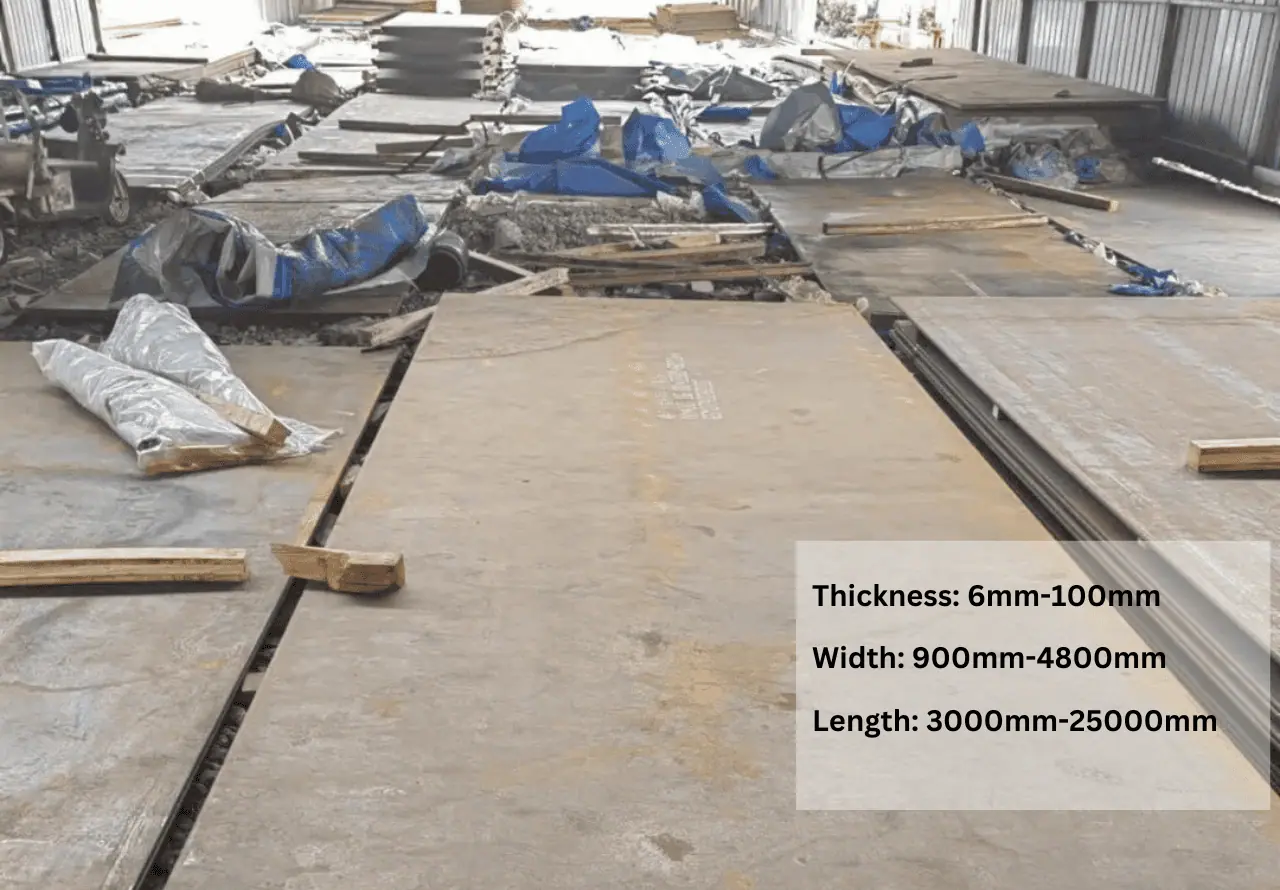
SteelPro Group offers FH36 high-strength steel for shipbuilding. It has...


